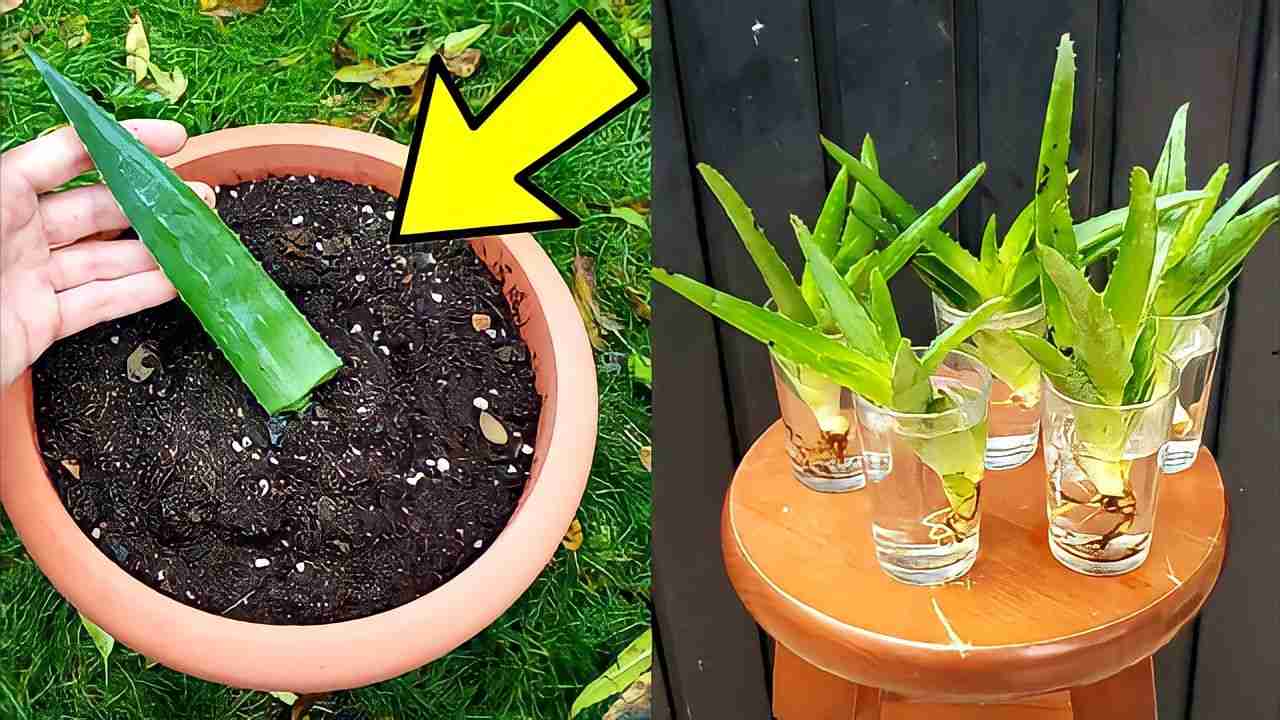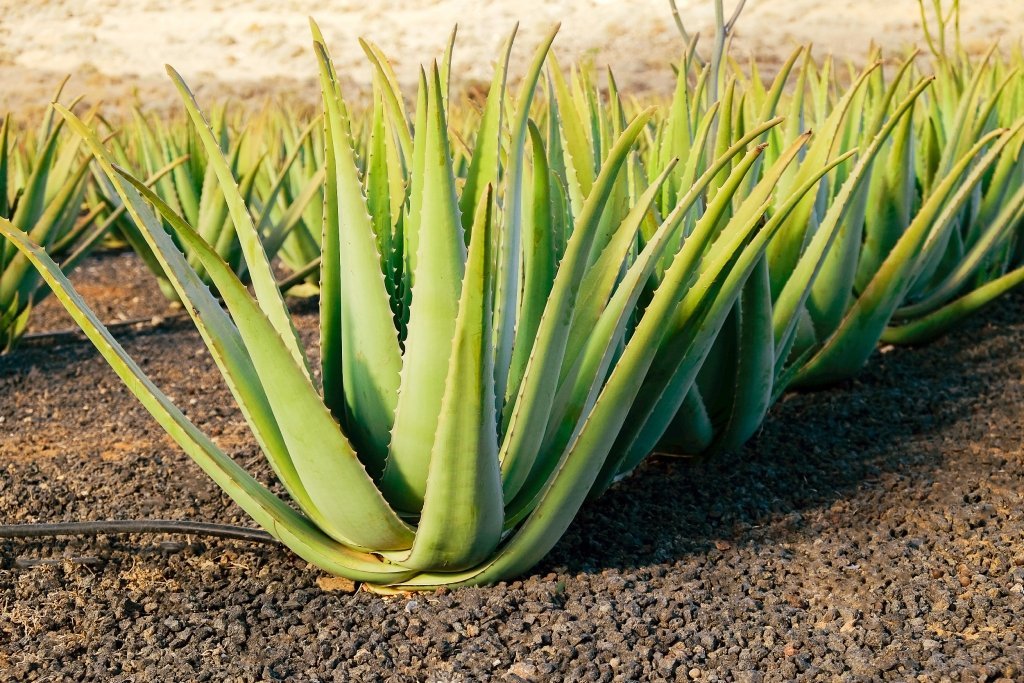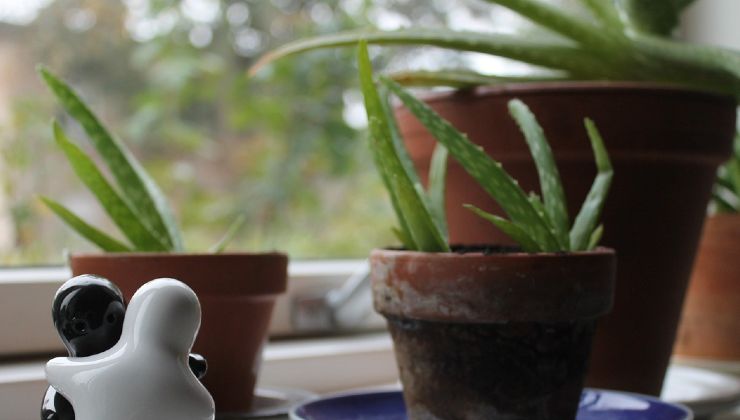
Aloe vera, belonging to the Asphodelaceae family, is a versatile succulent plant known for its various applications in herbal, cosmetic, and food industries. To propagate Aloe vera successfully, follow these guidelines.

The leaves of Aloe vera are utilized to extract aloe gel and juice, rich in essential components such as vitamins, enzymes, amino acids, polysaccharides, water, plant hormones, and anthraquinones. These properties contribute to its therapeutic and cosmetic benefits.
Aloe vera: what are the properties of the plant culture?
- Gastrointestinal Health: Aloe vera exhibits laxative properties due to the presence of aloin, glucosides, and emodin in its leaves. It is known to have gastro-protective effects and may help with conditions like gastroesophageal reflux.
- Anti-Inflammatory Effects: Aloe vera gel, containing substances inhibiting prostaglandin production, demonstrates anti-inflammatory properties.
- Immune System Support: Acemannan, found in Aloe vera, contributes to strengthening the immune system.

Growing and Propagating Aloe vera:
- Cuttings: During summer, cut Aloe vera shoots and let them rest in the dark for three days to heal. Plant these cuttings in a pot with a mixture of sand and peat, ensuring well-draining soil.
- Sunlight: Aloe vera requires sunlight, but direct exposure can harm its leaves. Place the plant in an area with filtered sunlight or shade.
- Watering: Avoid overwatering; aloe plants thrive with infrequent watering. Water approximately every 20 days to prevent root rot.

Fertilizing Aloe vera:
- Organic Fertilizers: Use organic fertilizers for Aloe vera. Incorporate coffee grounds into the porous soil to release antioxidants and nitrogen.
- Natural Fertilizers: Consider using nettle macerate or vegetable cooking water as natural, nutrient-rich fertilizers for aloe growth.

Ideal Conditions and Placement:
- Temperature: Maintain a temperature between 18 to 30 degrees Celsius for optimal growth.
- Sunlight Exposure: Provide filtered sunlight or shade to prevent direct exposure that may damage the leaves.
- Humidity Control: Avoid high humidity levels; consider using a dehumidifier in the room to create a suitable environment for Aloe vera.
By following these care and propagation tips, you can enjoy a thriving Aloe vera plant with its numerous benefits in your home or garden.